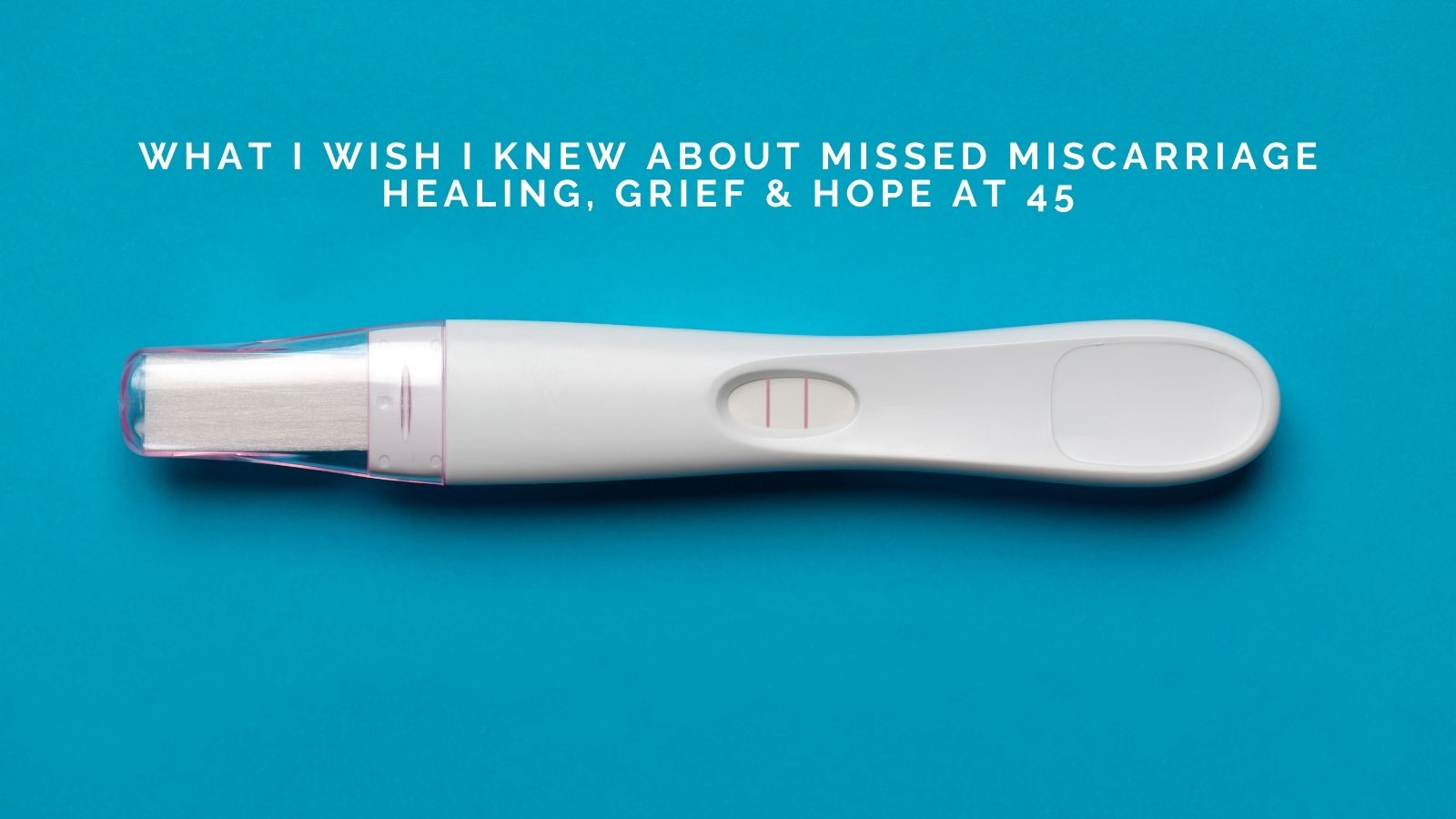
She looks polished.
She’s always early.
Her kids have colour-coded lunch boxes, and her work presentations have no typos.
She’s the one people secretly envy because she seems to “do it all.”
But here’s the truth no one sees: The Perfectionist is exhausted.
Behind the flawless exterior is a woman who never feels good enough, no matter how much she achieves.
This is the first survival identity we’re going to explore: The Perfectionist.
And if you see yourself in her, keep reading.
Who Is The Perfectionist?
The Perfectionist is the woman who turned achievement into armour. Somewhere along the way, she learned that being flawless was the only way to stay safe. Maybe she grew up in a household where mistakes were punished. Maybe she lived with constant criticism and decided the only way to be loved was to never give anyone a reason to find fault.
So now? She doesn’t just strive for excellence — she obsesses over it.
At work, she’ll stay up all night re-checking an email to make sure not a single comma is out of place.
At home, she’s arranging throw pillows before guests arrive as if HGTV is coming to film.
With friends, she hides her struggles because vulnerability feels like weakness.
From the outside, she’s “driven” and “successful.”
On the inside, she’s terrified of being exposed.
Why Perfectionism Is Actually Survival Mode
Here’s the raw truth: perfectionism is not about high standards.
It’s about fear.
Fear of rejection.
Fear of abandonment.
Fear of failure.
Fear that if you’re not perfect, you’ll be unloved, unwanted, or unsafe.
That’s survival mode disguised in lipstick and achievement.
Because the nervous system of a perfectionist isn’t at peace — it’s on guard.
Every achievement is just another attempt to silence the inner critic that whispers:
“If you make one mistake, it’s over. They’ll leave. They’ll see the real you.”
The Cost of Being The Perfectionist
The Perfectionist pays with her peace.
She can’t rest because rest feels unearned.
She can’t celebrate wins because she’s already obsessing about the next goal.
She can’t enjoy intimacy because she’s terrified of being seen fully — flaws and all.
This survival identity keeps her locked in a cycle:
-
Achieve.
-
Feel momentary relief.
-
Set a higher standard.
-
Crash into exhaustion.
-
Start again.
It’s a hamster wheel dressed up as ambition.
Phase 1: Self-Awareness — Naming The Pattern
For The Perfectionist, self-awareness means admitting:
“I’m not striving because I love excellence. I’m striving because I’m terrified of failure.”
That’s a hard pill to swallow.
It might look like recognising that you:
Rewrite emails five times because you fear judgment.
Avoid starting new things unless you’re sure you can excel.
Feel more shame over mistakes than joy over success.
Self-awareness is about ripping the mask off and admitting that perfection isn’t passion — it’s protection.
Phase 2: Reprogramming — Rewriting The Script
Perfectionism trains the brain to believe: “If I’m flawless, I’m safe.”
But that’s a survival lie.
Reprogramming means teaching yourself new truths:
Mistakes don’t erase your worth.
Vulnerability is not weakness, it’s connection.
Rest is not laziness, it’s necessary.
For example:
Instead of deleting that social media post because it’s not “perfect,” hit publish and let it be enough.
Instead of redoing your child’s school project because it’s “messy,” let it go to school exactly as it is.
Instead of apologising for every small oversight at work, say: “Thanks for catching that.” Period.
Every time you disrupt the old perfectionist script, your brain learns: “I am safe even when I’m not flawless.”
Phase 3: Reinvention — Living As The Future Self
Reinvention for The Perfectionist looks like choosing authenticity over optics.
It’s allowing yourself to be seen as human, not just as polished.
That might mean:
Letting friends into your messy kitchen instead of cancelling dinner because the house isn’t spotless.
Saying no to the extra project at work, even if it means disappointing someone.
Choosing hobbies you’re terrible at, just because they bring joy.
The reinvented perfectionist doesn’t stop caring about excellence — she just stops confusing it with worth.
She realises: “I don’t need to be perfect to be loved. I don’t need to be flawless to be safe. I can be human and still be whole.”
Why This Matters
The Perfectionist identity is seductive because society rewards it.
Employers praise it.
Family members rely on it.
Friends admire it.
But just because it looks successful doesn’t mean it’s sustainable.
Perfectionism is survival dressed up as achievement. And until you call it what it is, you’ll keep trading your peace for approval.
If you see yourself in The Perfectionist, here’s what I want you to know:
You don’t have to earn your right to exist.
You don’t have to prove your worth with flawless performance.
You don’t have to keep wearing the mask of “I’ve got it all together” while you silently fall apart.
Exiting survival mode is about reclaiming your right to be human. Messy. Honest. Real.
The Perfectionist inside you was built to protect you.
But she is not the version of you that will lead you into freedom.
So take a breath.
Put the armour down.
And remember: you are worthy, even when you’re imperfect.
_(64).jpg)



 (64).jpg)







